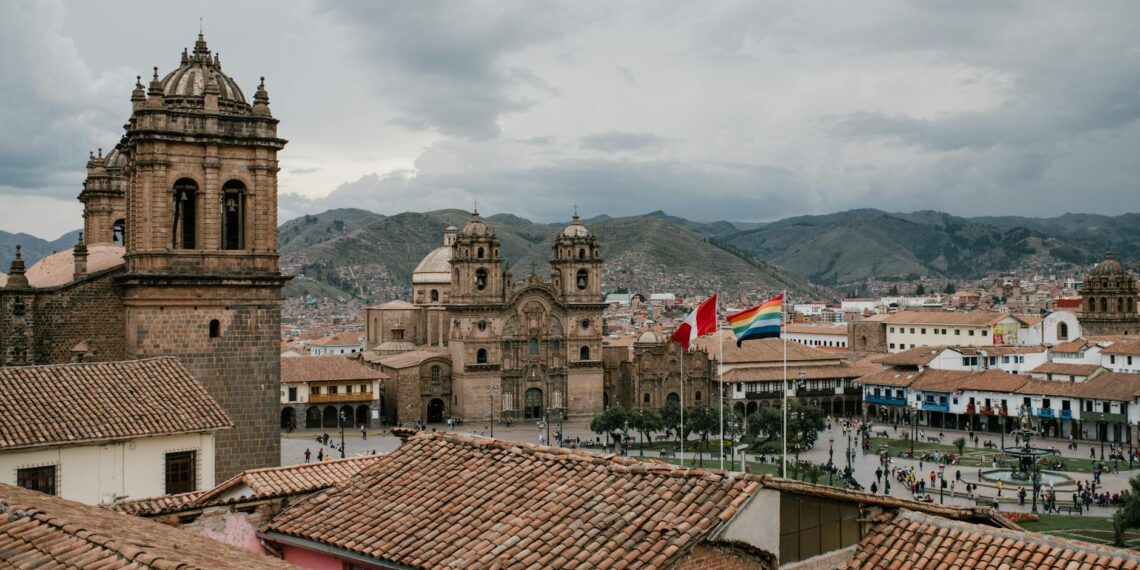In general, old Spanish coins are referred to by their historical names, which reflect the changing currency systems in Spain throughout history.
- Real: This was a unit of currency in Spain for several centuries after the mid-14th century. The most common denomination was the silver eight-real Spanish dollar (Real de a 8), also known as the peso or piece of eight . This coin was widely used internationally, even serving as the basis for the US dollar. The Spanish dollar was known for its high silver content and reliability, making it readily accepted by merchants worldwide. In fact, the Spanish dollar was the first world currency by the 16th century.
- Escudo: Gold escudos were introduced in 1535/1537 and silver escudos between 1864 and 1869. They were issued in various denominations and were also used in the Spanish colonies, particularly in the Americas. The two-escudo coin was commonly known as a doubloon.
- Maravedí: This was a copper coin denomination used for everyday transactions.
- Peseta: This was the official currency of Spain between 1868 and 2002, before the introduction of the Euro. It was subdivided into 100 céntimos. The name itself derives from a Catalan word meaning “little piece”.
- Other currencies: Before the Peseta, Spain utilized various currencies, including the dinero (10th century), maravedí (11th-14th century), Spanish real (mid-14th century – 1865), and the silver and gold escudo.
Identifying and authenticating these coins requires examining features like:
- Weight: Specific weights are associated with different denominations and periods.
- Metal Content: This is especially relevant for silver and gold coins, as their value is linked to the precious metal content.
- Strike: The quality of the coin’s impression during the minting process.
- Design Elements: Different mints and time periods had unique designs, including the royal coat of arms or the Pillars of Hercules on the reverse.
- Chopmarks: Some Spanish dollars circulating in the Far East were stamped with Chinese characters, or “chop marks”, to verify the silver’s purity.
The value of old Spanish coins can vary greatly depending on their rarity, condition, and historical significance. For example, the 176088 8 Escudos gold coin, also called a “Doblon de A Ocho”, is highly sought after due to its rarity and importance. Gold Escudos, particularly the 8 Escudo coin, contain around 27 grams of gold, providing inherent value. Shipwreck coins are also very popular amongst collectors due to their historical value and rarity.









What is an old Spanish coin called?
The peseta, the last circulating coinage in Spain before the European single monetary system was implemented, came into being in 1868 during the reign of Isabel II.
What are old Spanish gold coins called?
Thanks for asking. History. Spanish American gold coins were minted in one-half, one, two, four, and eight escudo denominations, with each escudo worth around two Spanish dollars or $2. The two-escudo (or $4 coin) was the “doubloon” or “pistole”, and the large eight-escudo (or $16) was a “quadruple pistole”.
What is the crossword clue for bygone Spanish coins?
The most common 6-letter answer for the crossword clue “BYGONE SPANISH COIN” is PESETA. Other answers can include REALES.
What is the name of a Spanish coin?
The Spanish dollar, also known as the piece of eight (Spanish: real de a ocho, dólar, peso duro, peso fuerte or peso), is a silver coin of approximately 38 mm (1.5 in) diameter worth eight Spanish reales.